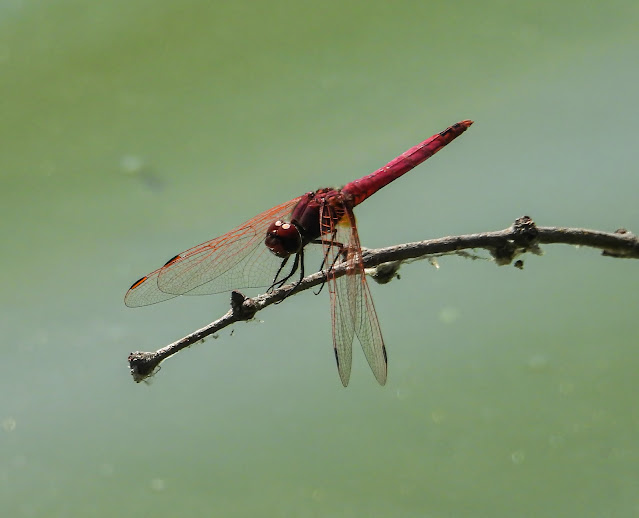The Atlantic puffin, known scientifically as Fratercula arctica, is a charismatic seabird with a stout build and distinctive coloring. It is the sole puffin species native to the Atlantic Ocean, with its Pacific counterparts being the tufted and horned puffins. The bird's plumage is primarily black and white, with a striking beak that showcases a bold palette of red, orange, and grey hues. During the breeding season, the beak's colors intensify, and it is complemented by orange legs that provide a vivid contrast to the bird's body.
Adult Atlantic puffins are identifiable by their black crown and back, pale grey cheek patches, and white underparts. The beak is broad and triangular, with a bright orange-red tip and a slate grey base, separated by a yellow chevron. The legs and webbed feet are a brilliant orange. Juveniles share a similar plumage but have darker cheek patches and a less colorful beak and legs.
Atlantic puffins are found in marine environments, favoring rocky cliffs and islands for breeding. They spend the majority of their lives at sea, only coming ashore to nest.
The species breeds across the North Atlantic, from the coasts of Europe and North America to the Arctic fringes. Notable populations are found in Iceland, Norway, Greenland, and eastern Canada. In winter, they roam the open ocean, sometimes reaching as far south as the Mediterranean and North Carolina.

%201.jpg)





%202.jpg)





%201.jpg)






%201.jpg)




